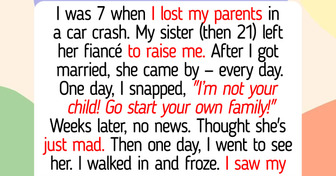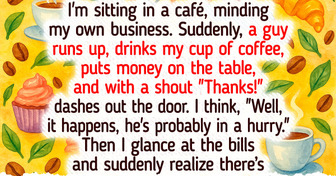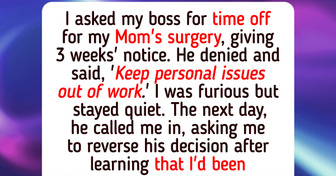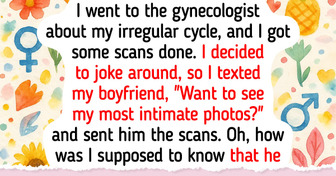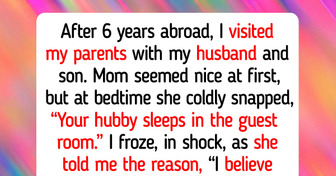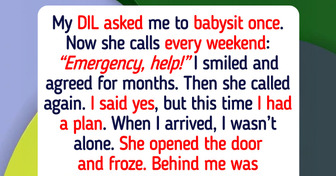I Refused to Let Anyone Steal What My Dad Left Me, and My Mom Made It Worse
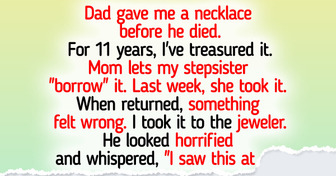
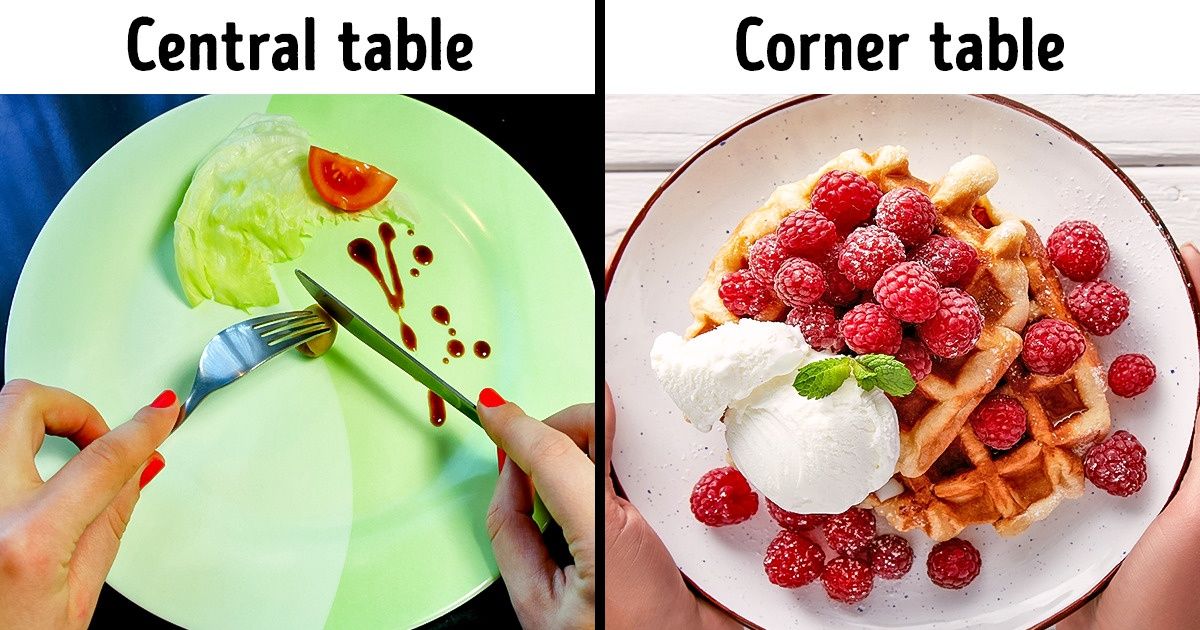
Visiting a restaurant or a café is a pleasant way to spend your time. That’s why while being relaxed we don’t even think about the fact that the owner of the restaurant could be using special tricks to make us spend more money. There are people who keep checking their bills for the presence of dishes they didn’t order but this trick is not used that often by restaurants anymore. All because they try to think up new and more sly ways to cheat their clients and get more profit.
Bright Side found out about some tricky ploys the catering world uses in order to save money on dishes and make patrons spend more.
Bartenders often save their funds on fruits, not because they lack these products but due to simple laziness. For example, in order to make a drink with freshly squeezed juice, they need 3 oranges. Sometimes they lack 50 ml to make a full portion and in this case, they are supposed to squeeze one more orange but instead of doing that, they pour the missing amount from a packed orange juice, thus, saving their time.
Almost all restaurants are interested in having as many cozy and secluded spots for their patrons as possible. According to research, people order big portions and more harmful food if they are hidden from the eyes of other visitors. Moreover, clients eat more dessert when sitting in the corner, knowing that no one will judge them for it.
Also, you will likely spend more time at a comfortable table, which means that you’ll order more. In order to make people who come alone feel comfortable in a restaurant (coffee shops especially), they place small round tables throughout the space.
According to research done at Bournemouth University, restaurants and cafés get additional monthly profit thanks to the number of dishes they have and their arrangement on the menu.
According to expert Aaron Allen, a restaurant can significantly increase its monthly profit using some marketing tricks. For example, clients choose dishes that are located in the middle of the menu page more often. That’s why the owners of the catering businesses indicate expensive, more profitable dishes in this space. In order to sell all types of desserts equally, they set a similar price to desserts despite their ingredients or the product’s weight.
The president of the Association of National Restaurant Consultants, David Kincheloe, says that most often patrons get the minimum amount of expensive ingredients in their dishes but indicate their presence on the menu. For example, berries, seeds, nuts or truffles can be very appealing to see on the menu. It’s necessary to create the notion that they are there on the plate (even if there’s just one single berry) to leave the client feeling pleased.
Restaurant owners know that tricks pertaining to names of dishes work well on visitors. For example, according to The Guardian, marketers think for a long time about the names and descriptions of dishes on a menu. A usual perch fillet will unlikely get a strong interest among visitors, while they’ll definitely be more inclined to try a fillet of Chilean sea bass. A “chocolate cake” sounds quite trivial, while a “cake with Belgian chocolate” is way more appealing.
You may have noticed recently that restaurants have started to reduce the sizes of their dishes’ portions but haven’t changed the prices. Those who work in the catering sphere say that the idea of reducing portions came from retail: very often, you can see packages of 900 g instead of 1 kg and 900 ml instead of 1 liter. Moreover, some restaurants decrease the sizes of plates so that they create the illusion of sufficient portions.
According to restaurant menu specialist Gregg Rapp, using photos and illustrations of dishes make a visitor spend more. “Using the photos of a certain dish increases the sales 3 times provided it’s the only photo on the page. That’s why owners carefully choose the photo of which dish they want to place on the menu,” he says.
Also, some restaurant owners rarely indicate the symbols of currency on the menu. Research held at Cornell University in the USA showed that visitors who were offered a choice of dishes without currency signs spent much more than those who got the same menu with currency signs.
Most restaurants order fresh fish on Tuesdays and Thursdays. That’s why very often fish becomes the dish of the day on Mondays because they need to sell it before it expires. The reason for arranging various deals and profitable offers are the same. Very often those dishes are cooked ahead of other products based on their impending expiration date.
It’s always nice when a waiter brings complimentary snacks before making an order. Olives, crackers or chips are not a kind gesture of the owner as many people might think. The real reason for such complimentary snacks is to make a visitor feel thirsty due to the high amount of salt in those snacks. After eating several salty snacks, clients will order more drinks and bring a big profit to the owner of the café.
“Listening to music can cause both physical and emotional responses, making it doubly powerful when accompanied with food,” says professor, Charles Spence. Expensive restaurants choose classical music which encourages visitors to spend more because it makes them feel richer. For example, people spent 10% less on food in a café with pop music.
Sometimes you can see the same dish on the menu available in 2 options: a big portion and a small one. This strategy is called bracketing. A client initially has no idea what a mini portion is like and thinks that a smaller portion has a more profitable price and will spend less money by ordering it. In fact, a restaurant always sells a smaller portion for an increased price saving funds on the number of products used. Eventually, in terms of grams, a larger portion is more profitable for the patron.
Lighting can influence the speed at which people eat. Expensive restaurants usually prefer soft lighting in their halls so that their visitors can relax. They will likely spend more time in the restaurant with such a calm environment and will spend more money which is very important for the owners.
Very often, one may notice very cheerful and friendly waiters in restaurants. Any restaurant owner thinks that a good waiter should be a good seller too. That’s why they say jokes, make compliments and recommend the best dishes from the menu. Clients start to trust them, they agree on special offers and even opt for dessert after a heavy dinner. Thanks to such friendly employees, visitors spend more time in restaurants and leave good tips.
Have you ever noticed any of these or other tricks in restaurants? Please tell us about them in the comments!



